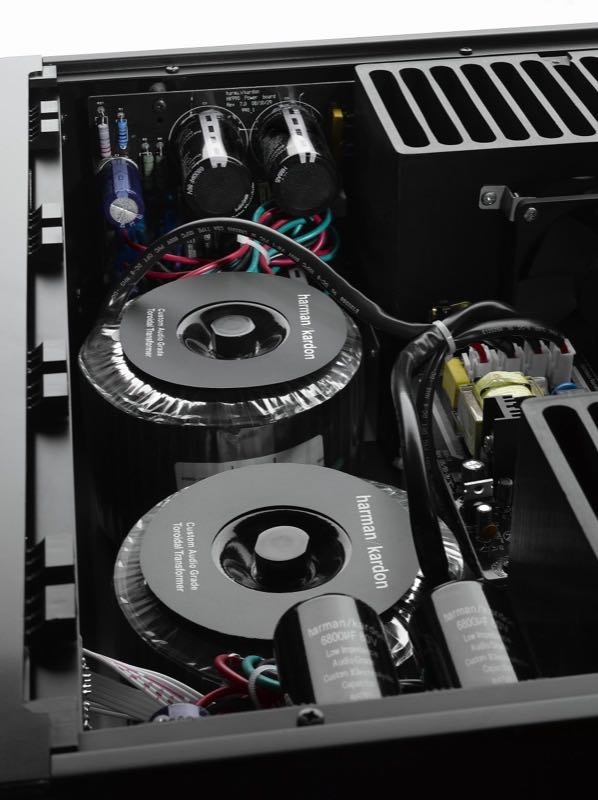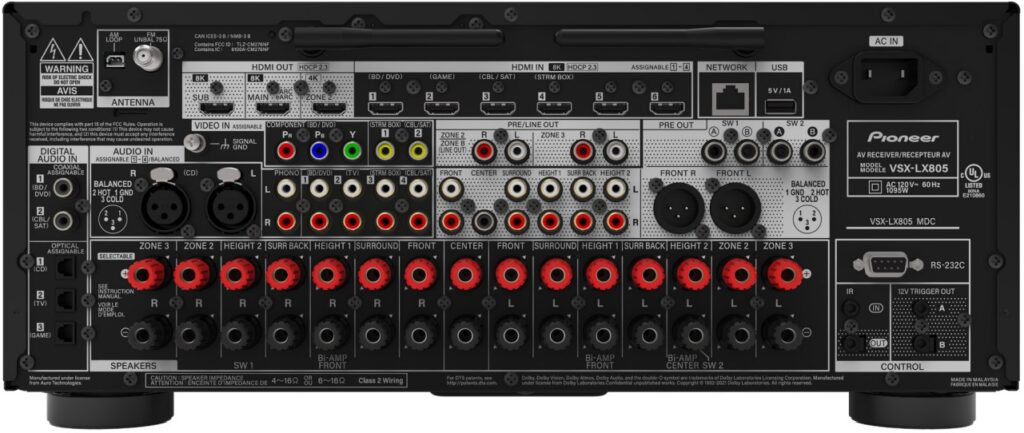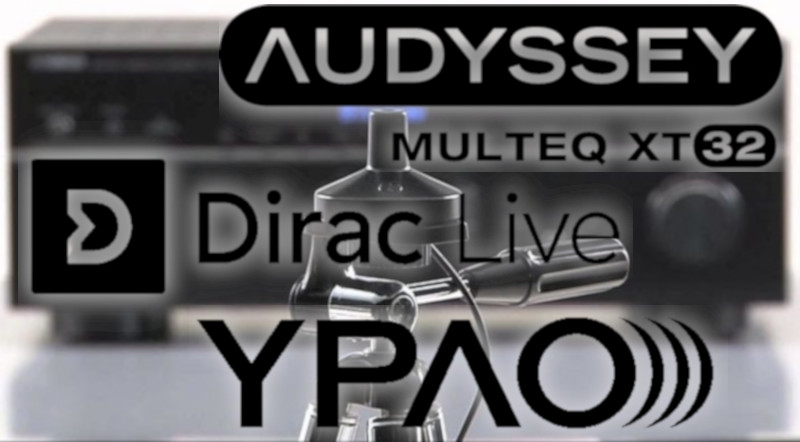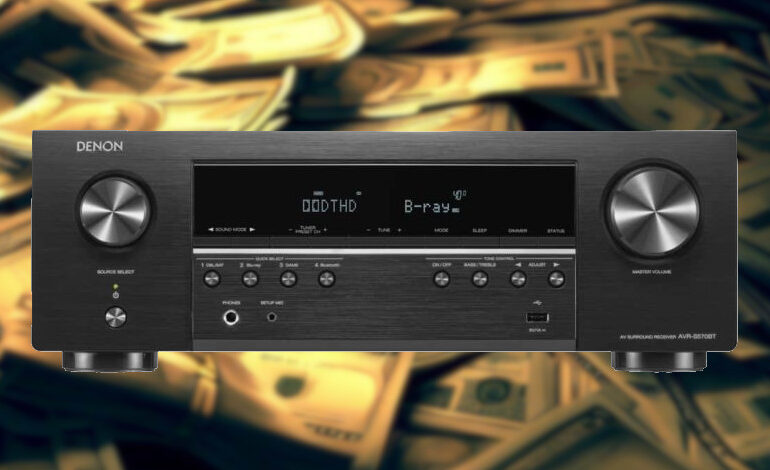What Does Spending More for an AV Receiver Get You?
There are a LOT of AV receivers out there. Even within an individual brand, you can find many different models. This can be overwhelming to a lot of people. What is even more confusing is the price points. AV receivers can range from a few hundred up to multiple thousands of dollars. How? Why? What can spending more on an AV receiver actually get you? Let’s break it down generally.
More Power?
The most obvious answer to this question is that the more you spend on an AV receiver, the higher the wattage number becomes. That’s clear. They tout it right on the box. But don’t be swayed by this marketing hype. The slight increase in wattage will not translate into any more real-world performance or volume.

What spending more on an AV receiver does get you, however, is a larger power reserve. Because of other factors (that we are about to get into), more expensive AV receivers will have larger power supplies. This gives more available power for transient sounds (very short, loud sounds). While you might not notice when you have it, you will when you don’t.
More Channels
Closely linked to more power, but infinitely more useful, are more channels. Channels can be translated as speakers. A less expensive AV receiver will be able to power fewer channels (or speakers) than one that is more expensive. If you plan on setting up a certain number of speakers, this will directly affect how much you will need to spend on an AV receiver. And no, you can’t add channels to a less expensive AV receiver. This does, as we hinted above, mean that these more expensive receivers do have larger power supplies.

More Connections
As you spend more, you are going to have more connectivity. That may be more HDMI connections (which you may or may not need). It may mean that your AV receiver has connections for things like VCRs, record players, and HD DVD players. If all you have are HDMI-equipped devices, none of these will matter to you. All you need to do is make sure you have enough inputs for your devices. If you do have legacy devices or need specific connections, you are going to have to pay more for your AV receiver.
Latest HDMI Features (Sometimes)
HDMI is both the bane and boon of the home theater world. It is a boon in that it promises a one-cable solution. It is a ban because it rarely delivers on that promise. As you spend more on an AV receiver, you are more likely to get the latest HDMI features (except when you don’t). If there is a new HDMI version, you are more likely to get multiple ports with those features enabled (except when you don’t). If you care about being on the cutting edge, then you’ll have to spend extra on your receiver.
Better Room Correction
Invariably, as you spend more on an AV receiver the level of room correction goes up. You may even get options for different room correction programs. That said, the price of the highest tier of room correction has come way down. You no longer have to buy a flagship model to get the best room correction. The Audyssey MultiEQ XT32 on a flagship AV receiver will be the same as on any other receiver. Same with Dirac or YPAO. Once you find a receiver with top-tier room correction, it doesn’t get any better as you spend more.

More features you’ll probably never use
As you spend more on an AV receiver, you’ll get more and more features that may or may not mean anything to you. Pre-outs (or ins), upconversion, multiple zones of audio (some with video as well), streaming services built-in…the list goes on. Some of these features will appeal to you. Most you will never use. As the price of AV receivers goes up, they will include more and more functionality that will appeal to fewer and few people. This is because some people do actually want or need those features. It is also because they need to justify the higher cost. Either way, don’t buy an AV receiver for features you won’t use.
Promises
Lastly, AV receivers are often packaged with promises. Promises of features to come. Sometimes these materialize. Often, they do not. Our recommendation is to never believe anything they tell you even if they have a hard timeline in place. Especially if they ask for a preorder cash advance. We’ve seen features listed on spec sheets that never happen and new functionality rolled out quietly with little to no fanfare. Buy an AV receiver for what it can do, not what it can’t.
Wrap Up
It’s hard not to get swept up in the hype of AV receiver marketing. That’s why we created our AV receiver buying checklist. It will help you pick an AV receiver based on what you need and not what you think you might need in the future (called “wants”). Check it out if you are shopping for a receiver.


